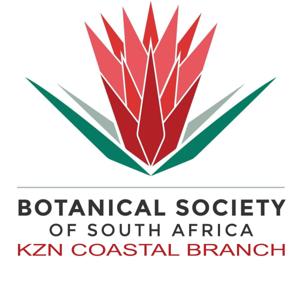Illustrated Talk by Prof Eugene Moll: How Tree Book authors have failed the amateurs of today
Durban Botanic Gardens Visitors Centre
Monday, 24 February 17h30 for 18h00
Prof. Moll says: “Over the decades it has become apparent to me that we authors have basically failed the majority of amateur tree enthusiasts. I have come to this very sad conclusion after some 60 years of working diligently with students and the interested general public.
Over the years I tried my best to assist amateurs and students alike - by spending many years compiling leaf keys (Forest Trees of Natal[1967], Trees of Natal[1981 &1992]), writing a couple of minor tree books (the latest in 2011), and even completing the massive task of editing the first edition Coates Palgrave’s Trees of Southern Africa (1977).
When I reflect back on my early days with the then Wildlife Society (now WESSA) and later BotSoc, and the many university students I had the great pleasure of interacting with, the limited success I have had was not assisted by any books - but rather was achieved by enthusiasm and the passion I shared with those of a similar ilk. The key to this success was fieldwork – walking in the bush! No books can replace seeing, touching, smelling and sometimes tasting trees “in the bush”.
However, I am also aware that many people are more than capable of learning from books, and that there are a good few excellent tree-people who have acquired incredible knowledge with persistence. But two things trouble me:
1. I don’t see enough young people, representative of the SA diaspora, “getting into botany”.
2. Why have we failed when we have so many seemingly excellent books? And certainly an amazing tree flora.
In the last decade I have been working with others on a book on the trees to Kruger. The main author has forced me to identify exactly what is it that allows me to ID a particular tree species? He has asked this as he needs to photograph the key diagnostic features so that the reader can be as certain as possible of the identity of the species they have before them. I have found this very challenging for many species, and almost impossible for a handful! Searching for criteria has opened a whole range of “new” features that can be used to ID trees. BUT most importantly I have learned that a simple twig photograph is NOT ADEQUATE.
In my presentation I demonstrate what I have learned, and how and why we tree book authors have failed the amateurs. Finally, I give examples from six common and widespread tree species how future books can be improved.”
www.botanicalsociety.org.za
https://plantlifesouthafrica.blogspot.com/

















